Samba Koocho Hairy Boocho (Eric Lindsay)
Eric Lindsay
view composer page

Duration:
0-5 minutes
05:00
Year Written:
2010
Instrumentation:
piccolo,2 flutes,2 oboes,English horn,2 clarinets,bass clarinet,2 bassoons,contrabassoon,4 horns,2 trumpets,2 trombones,tuba,timpani,3 percussion,harp,strings
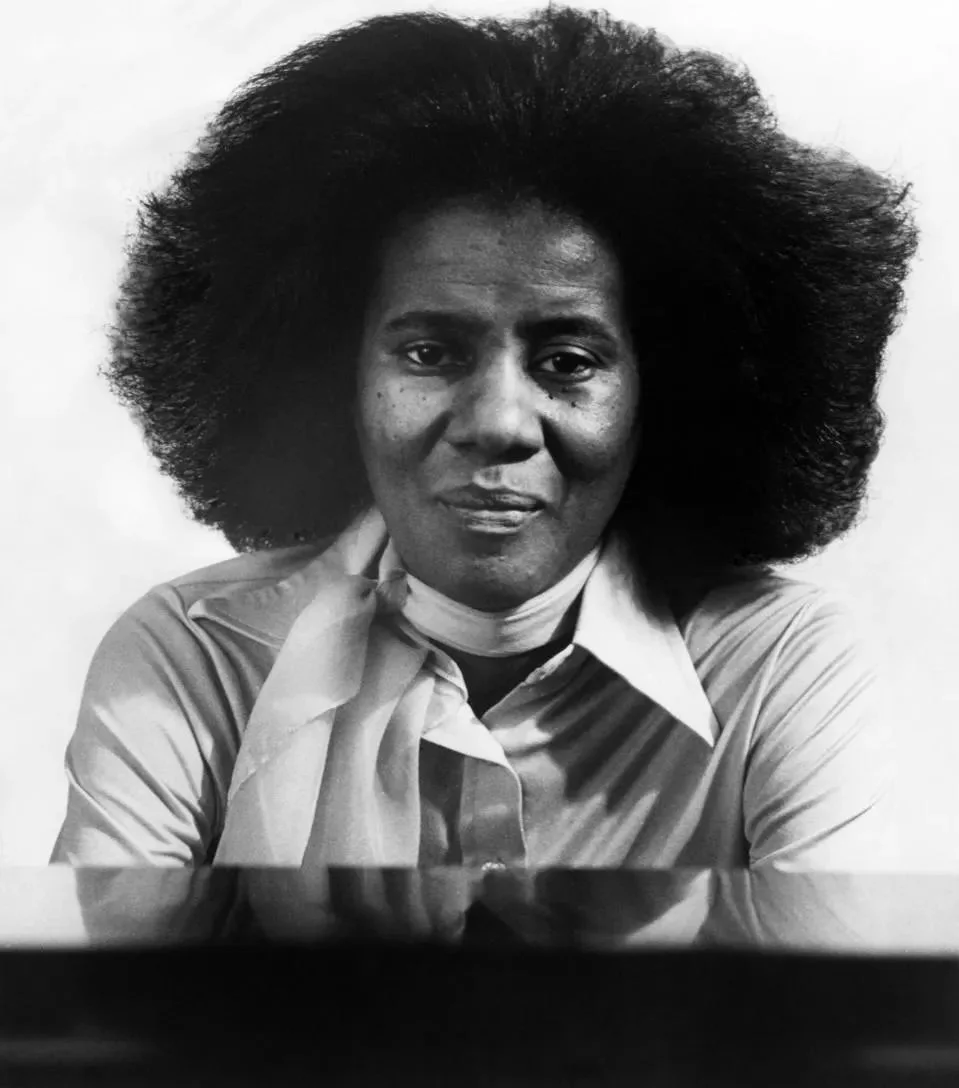
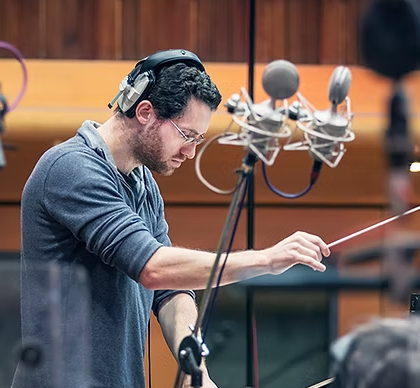

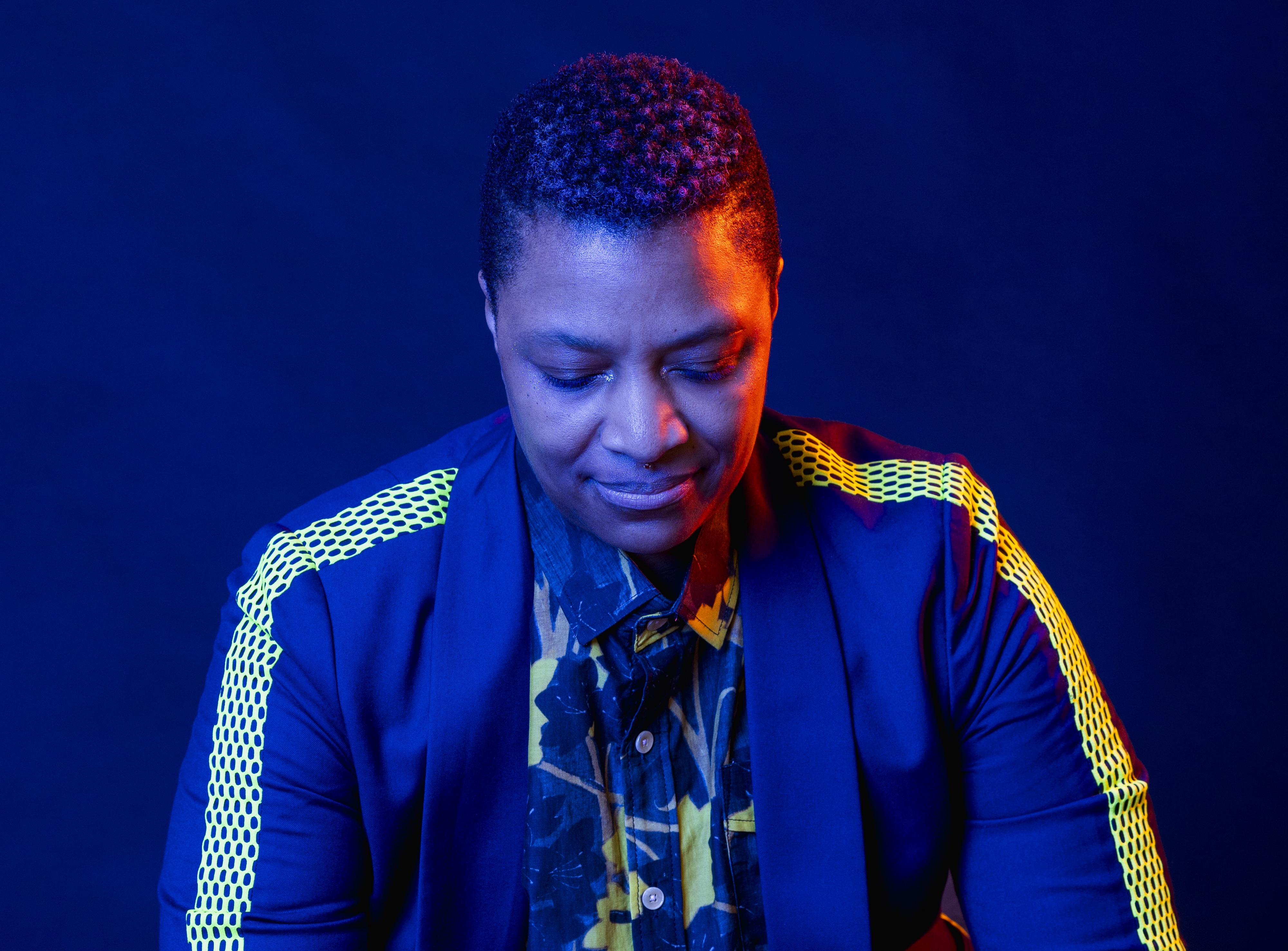














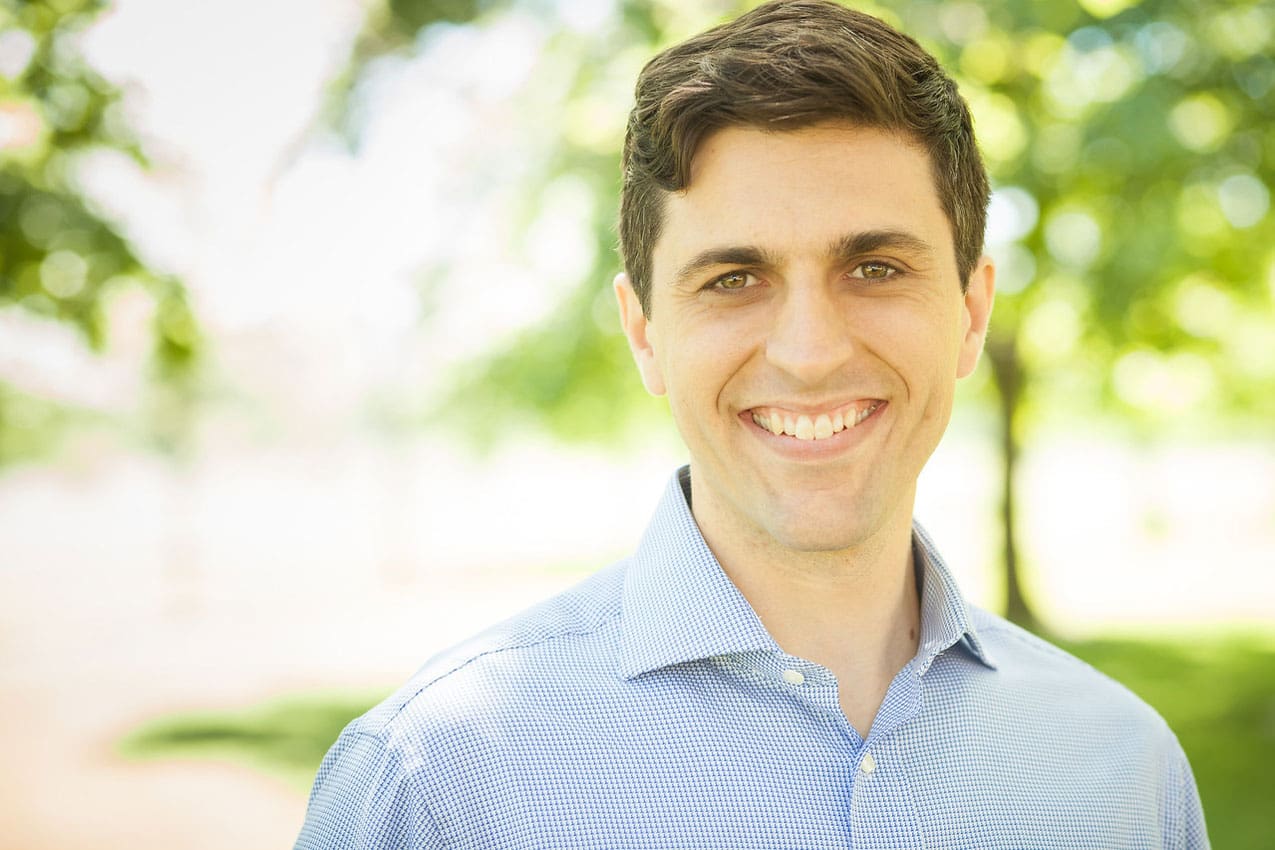



































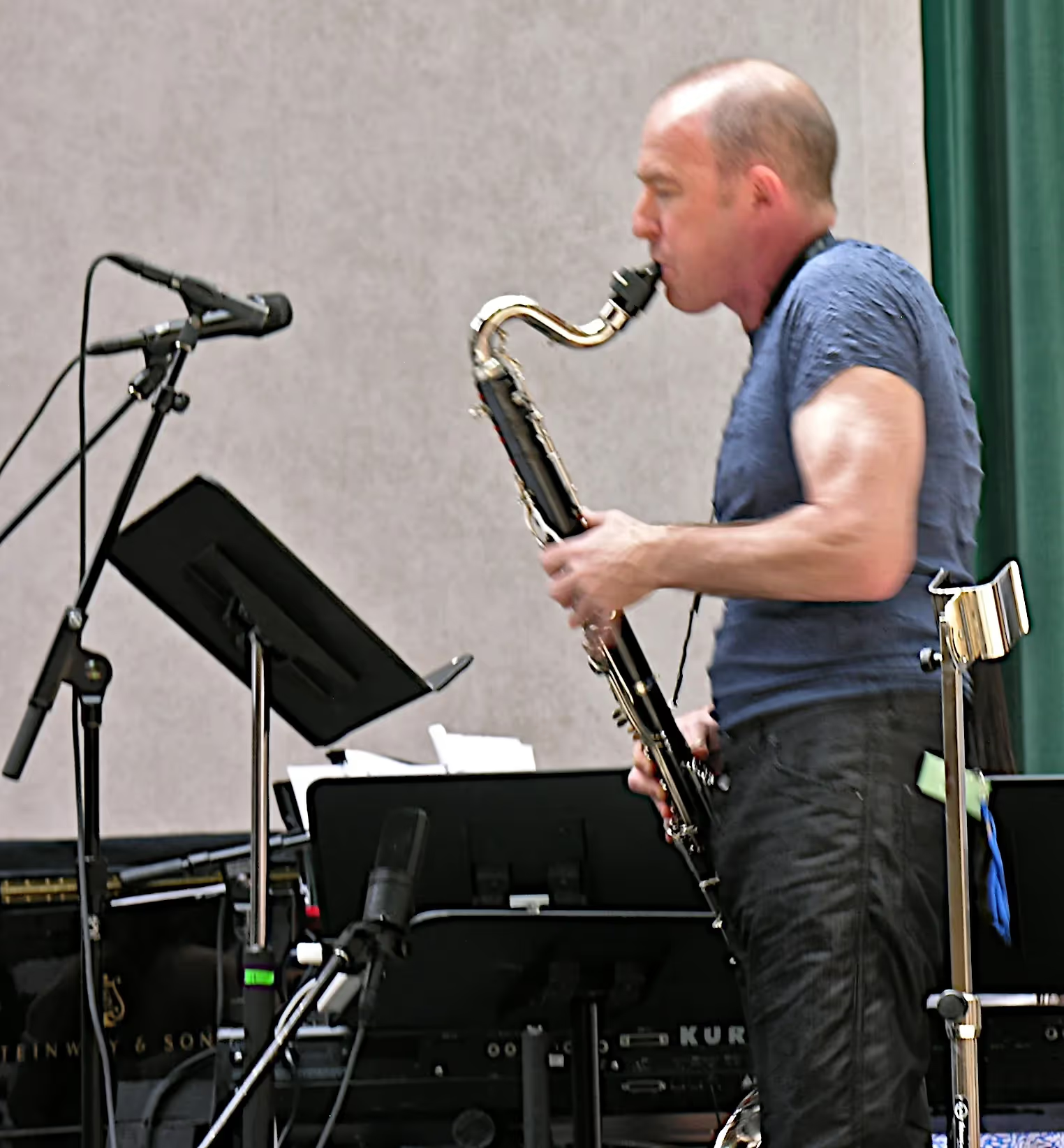


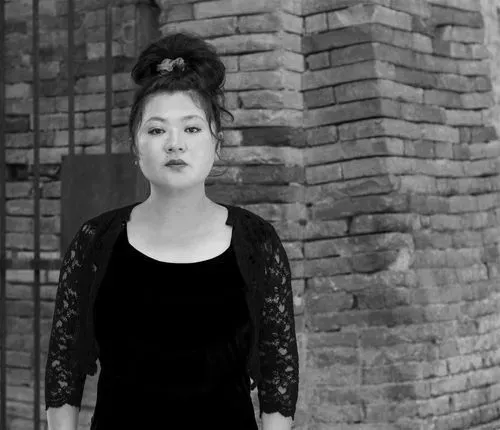

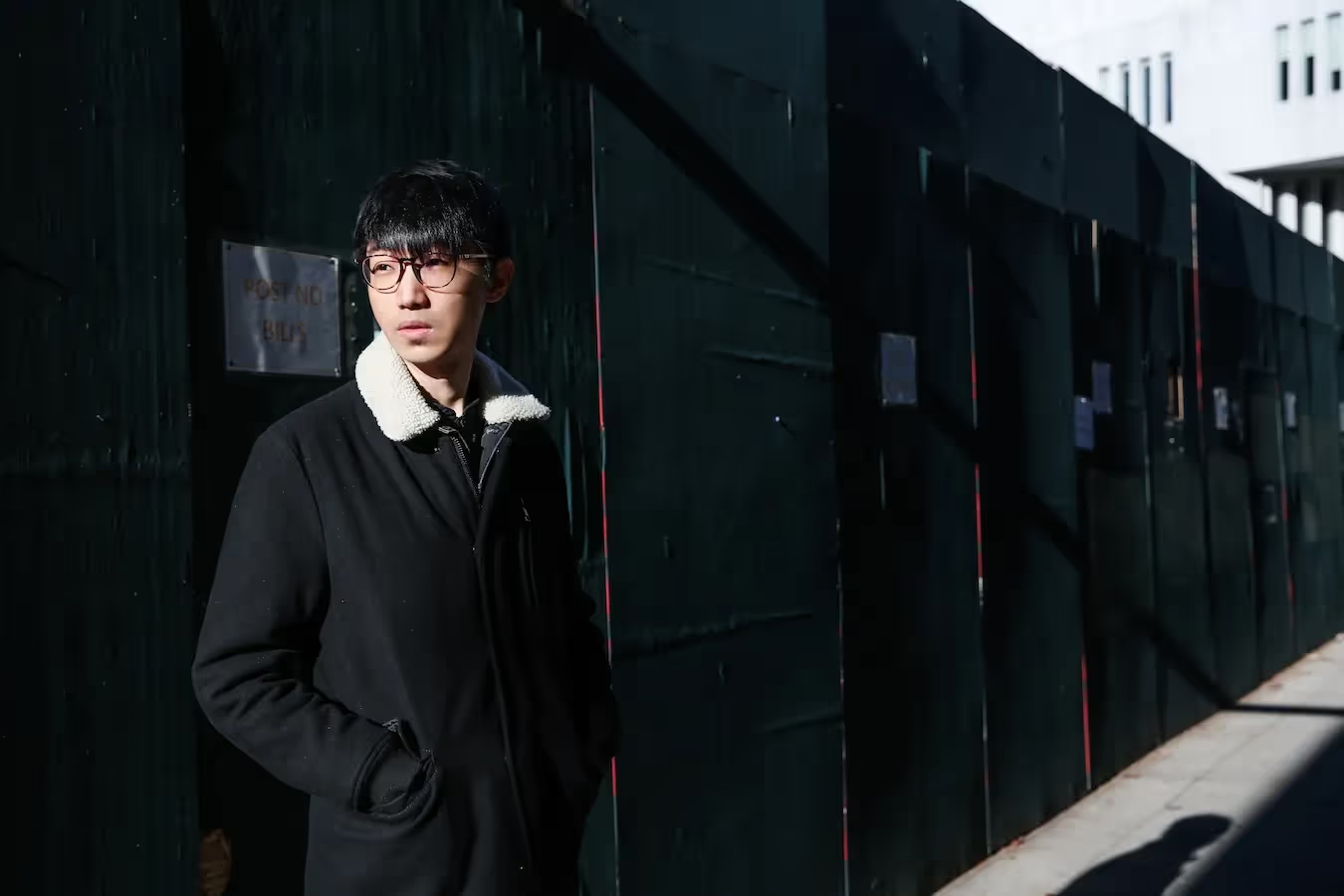
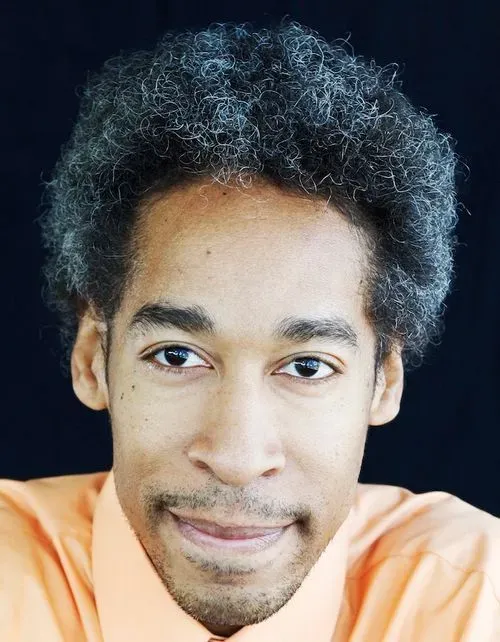



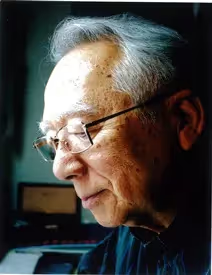



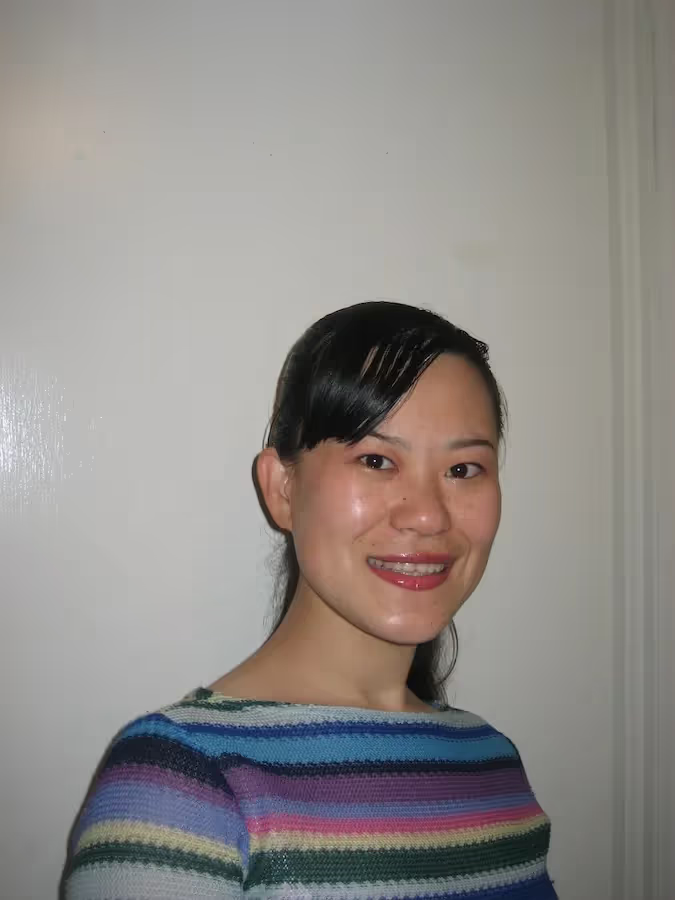


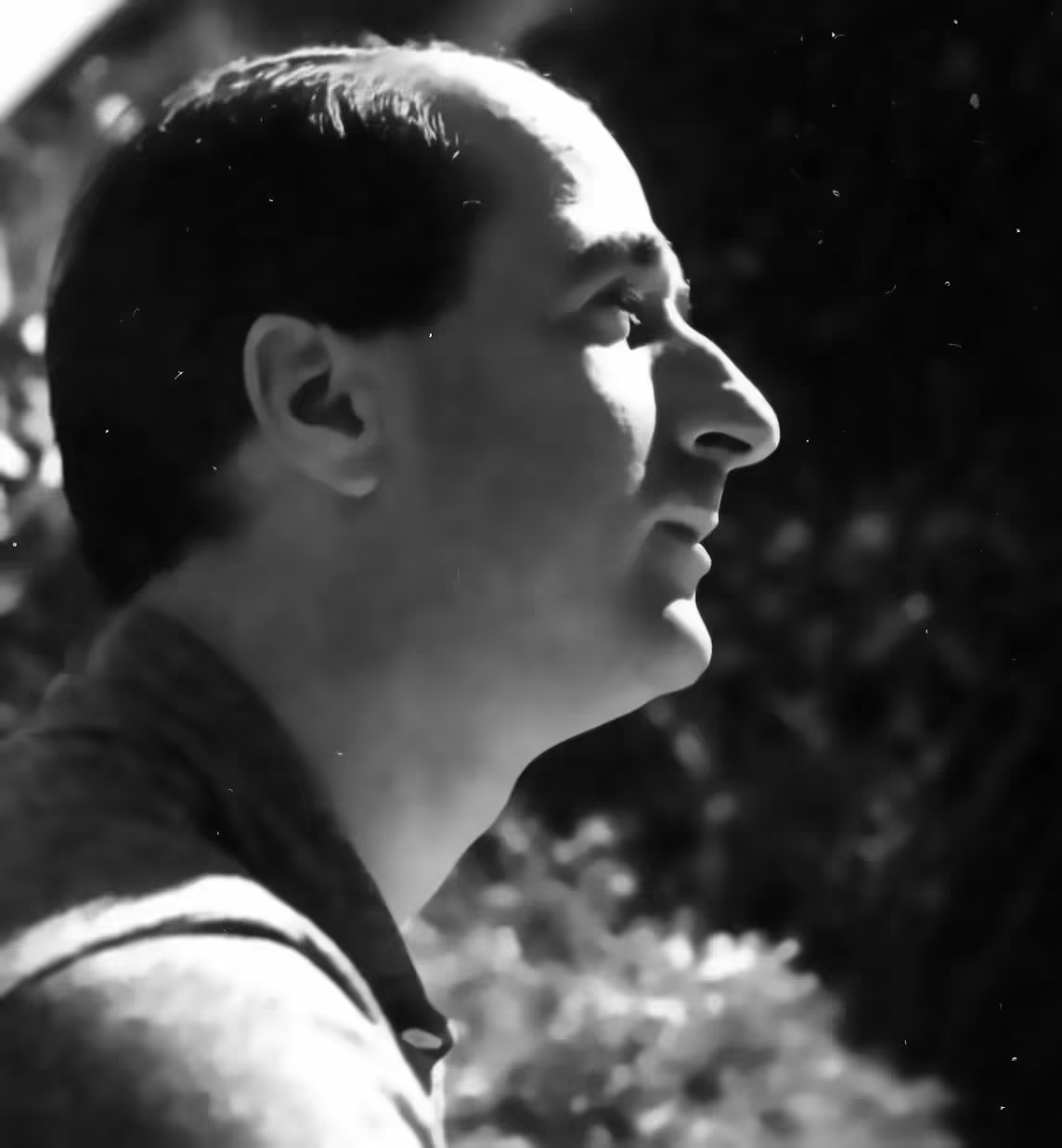
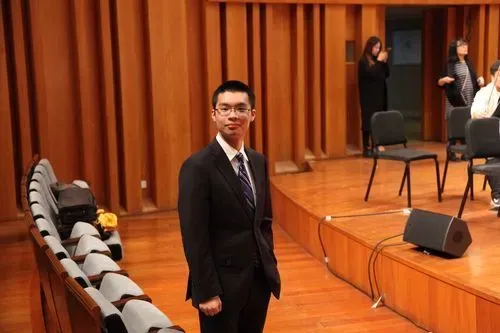
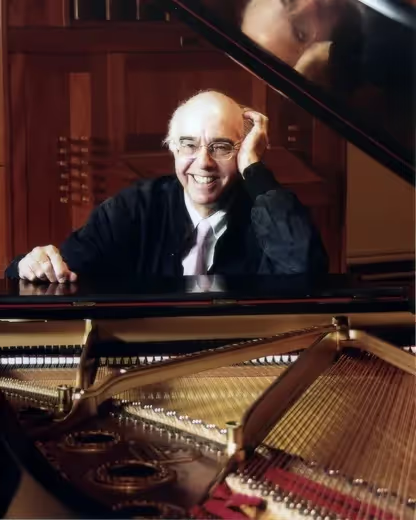

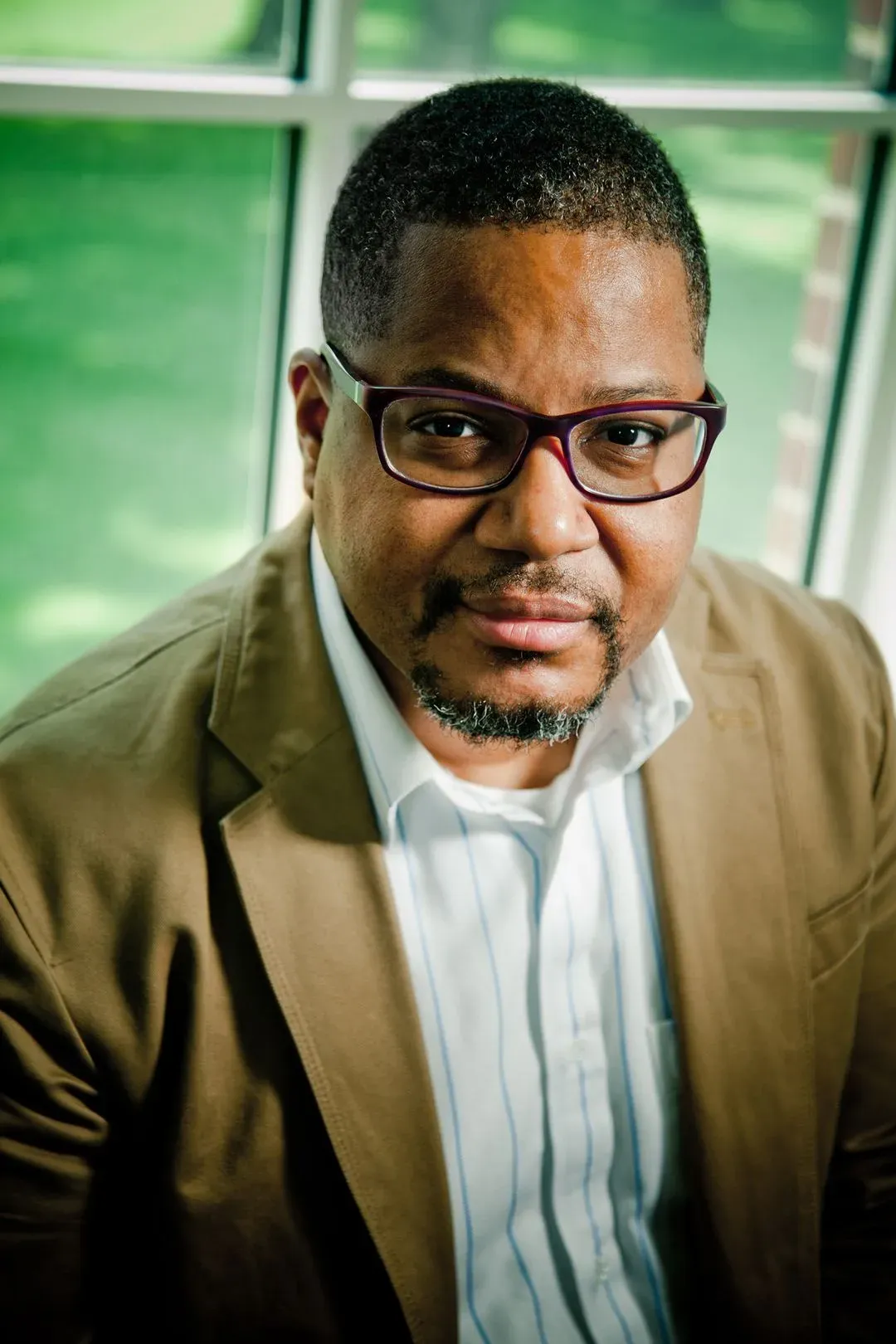
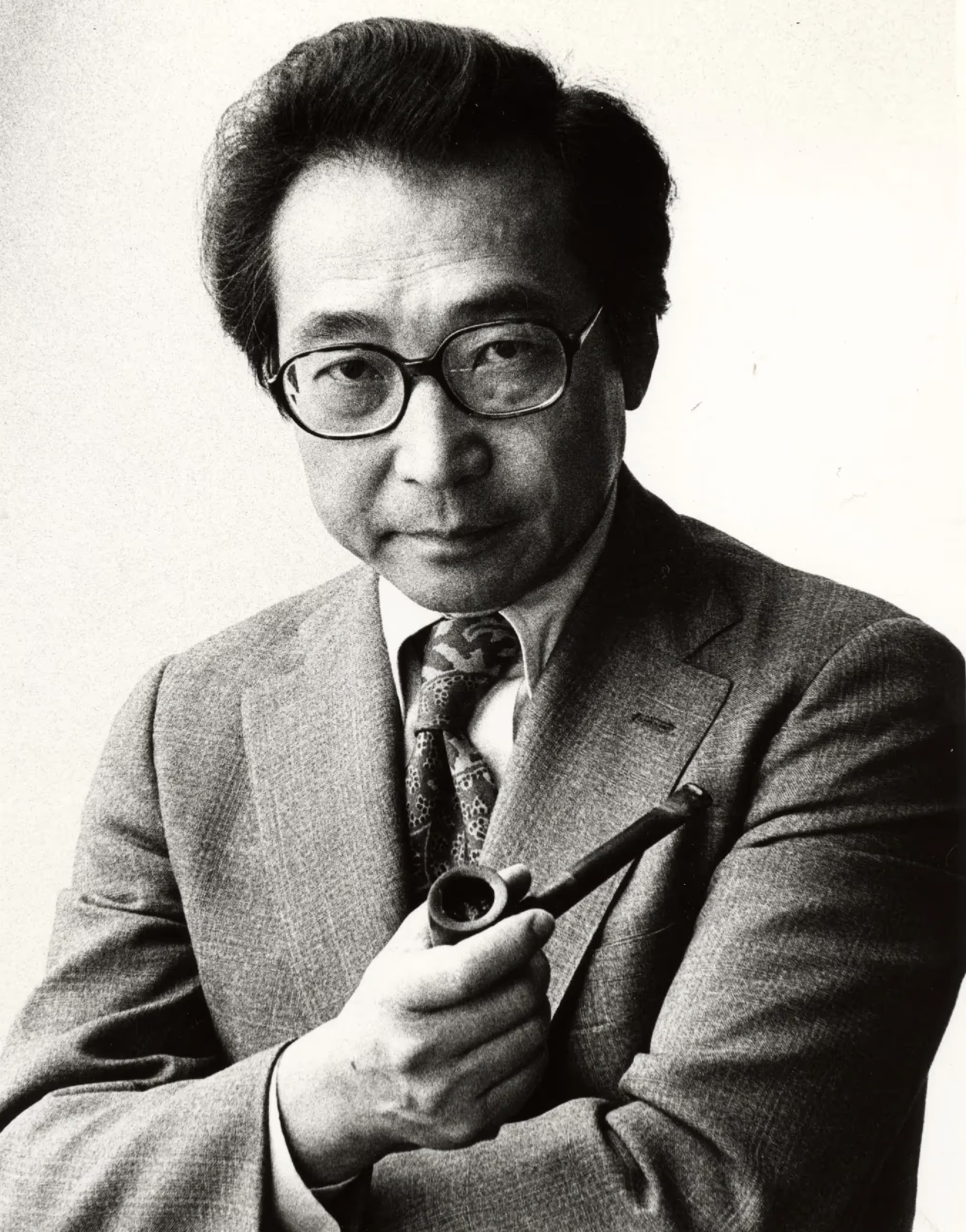

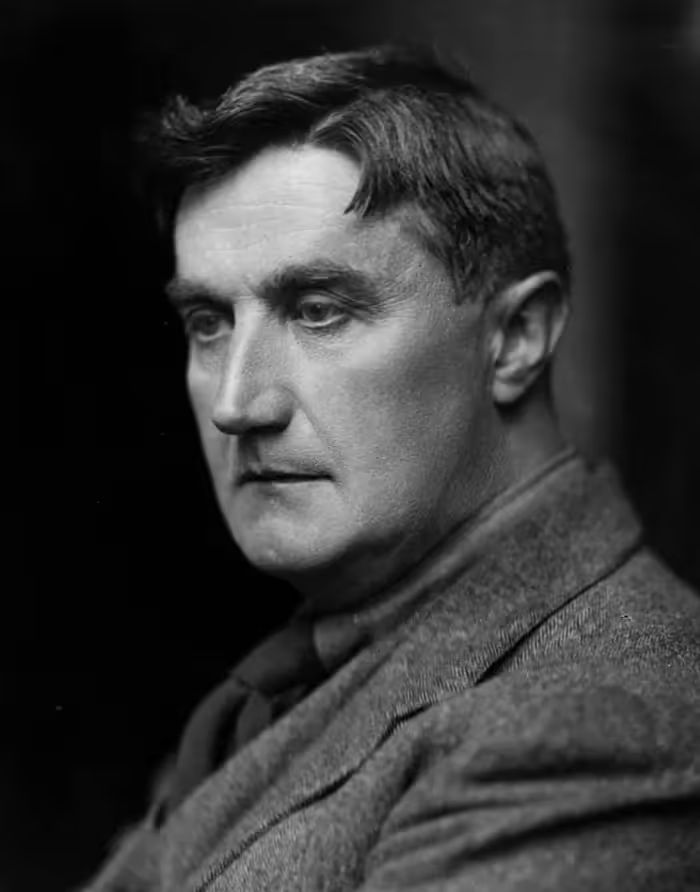
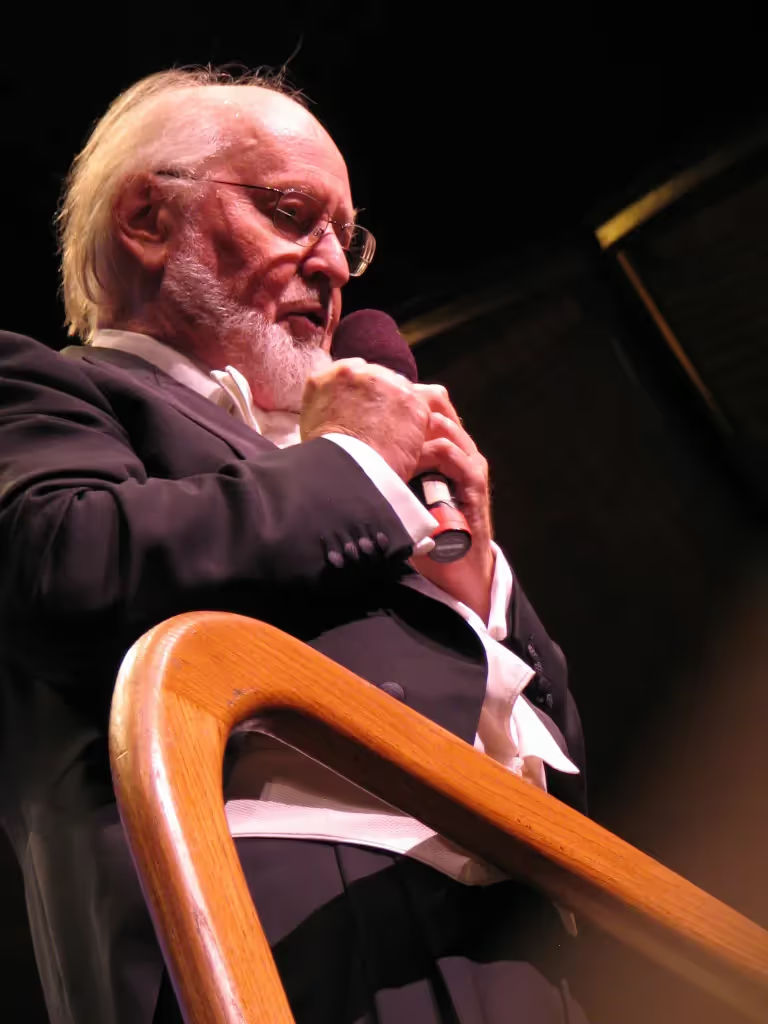
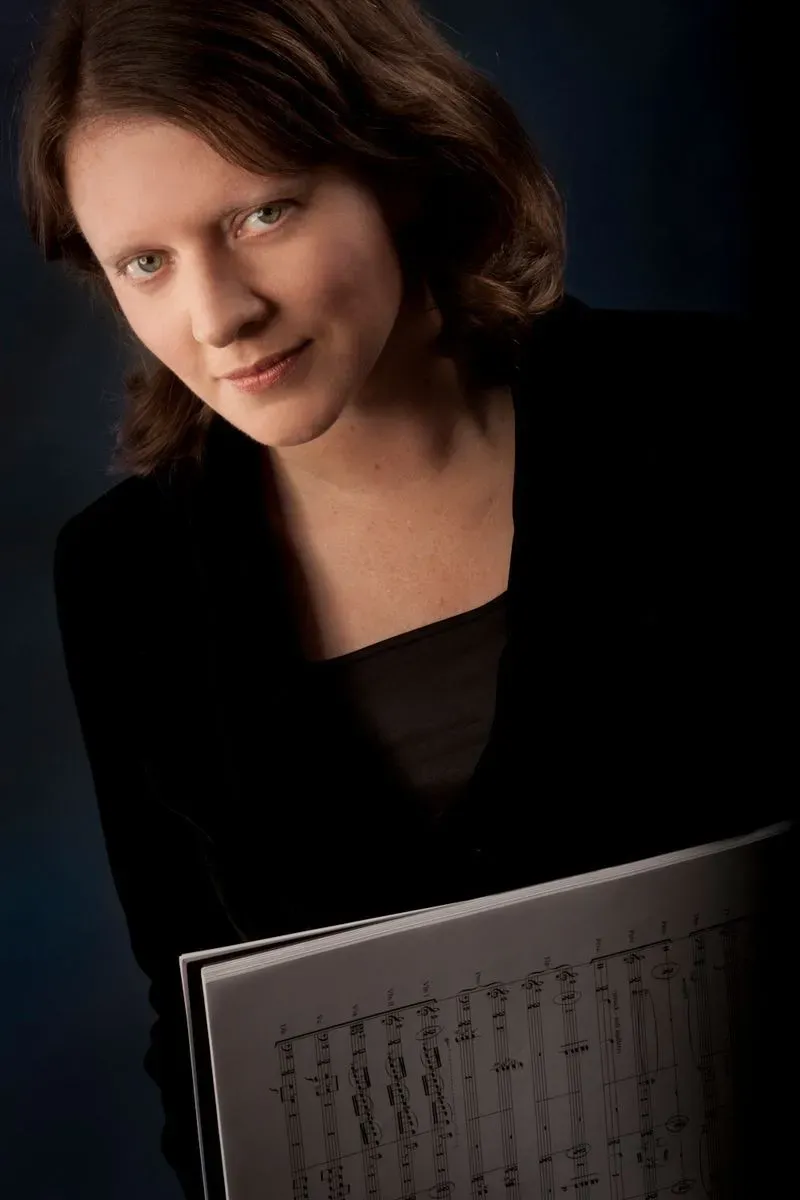
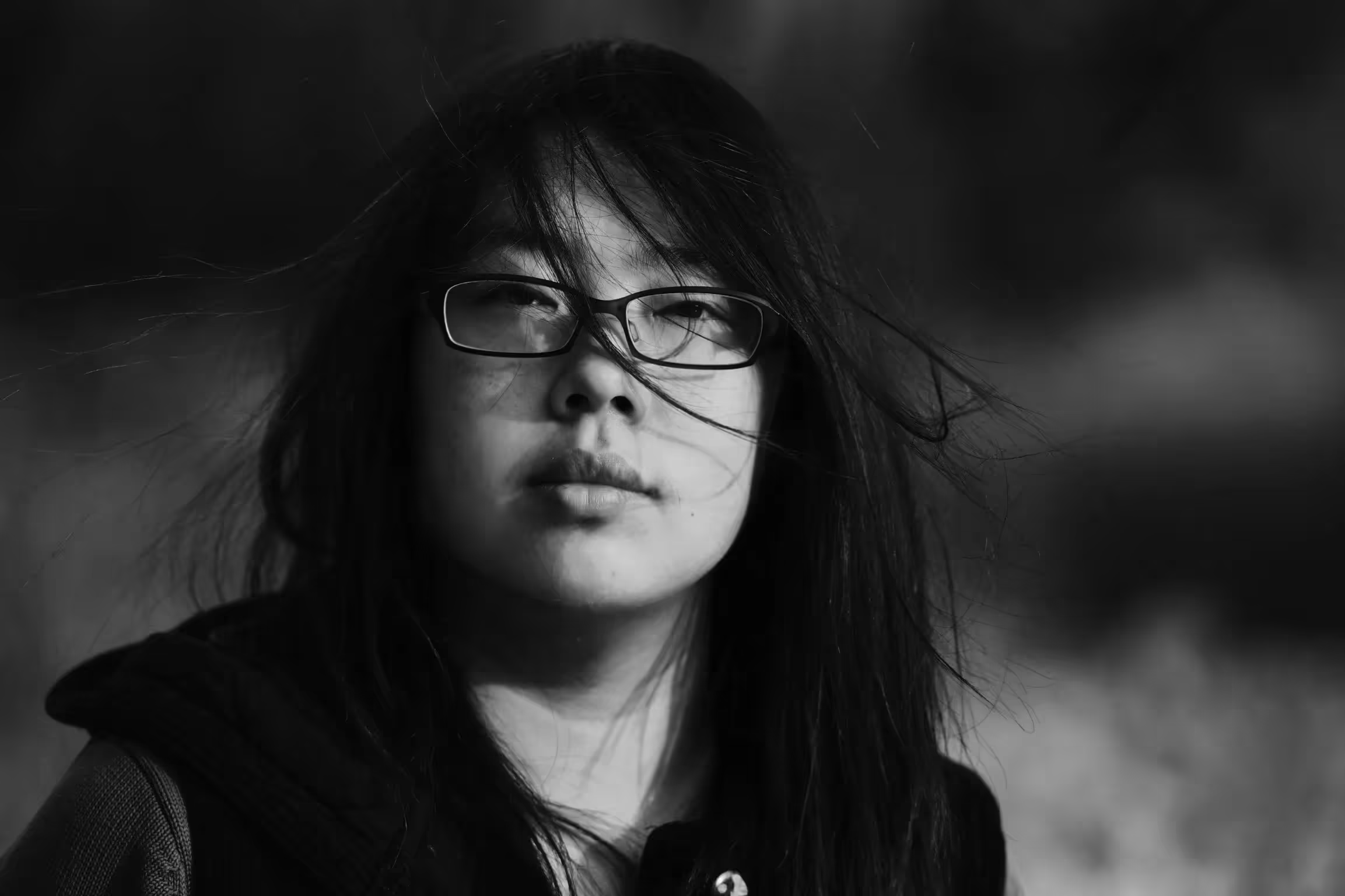
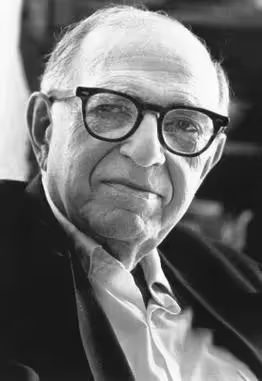




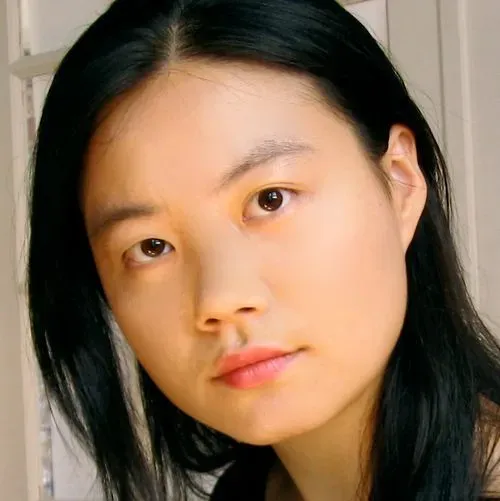


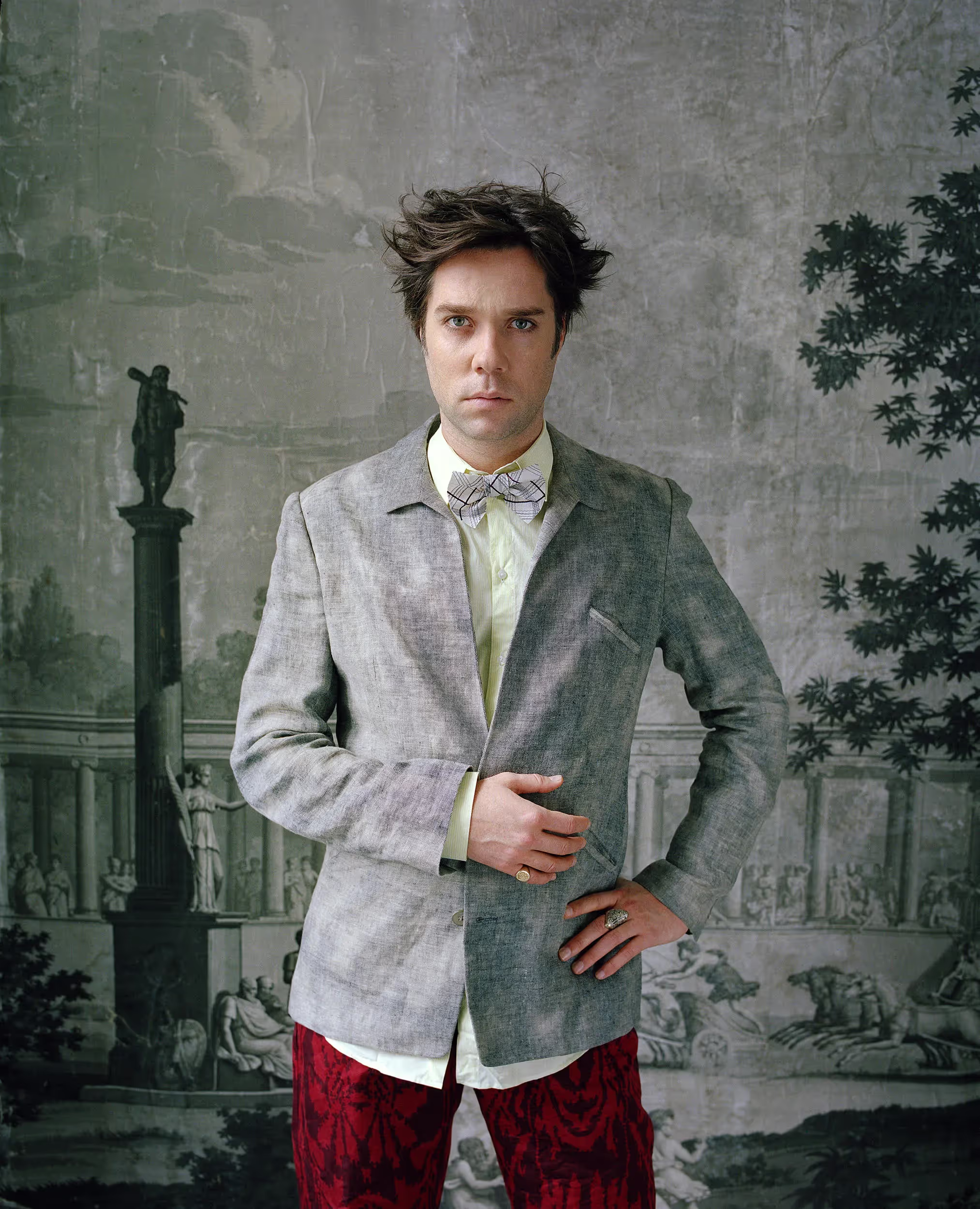
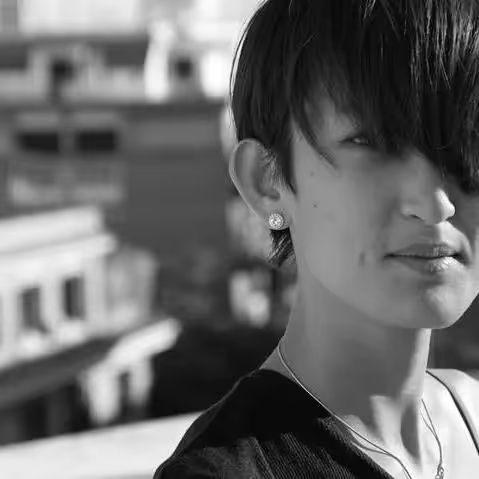


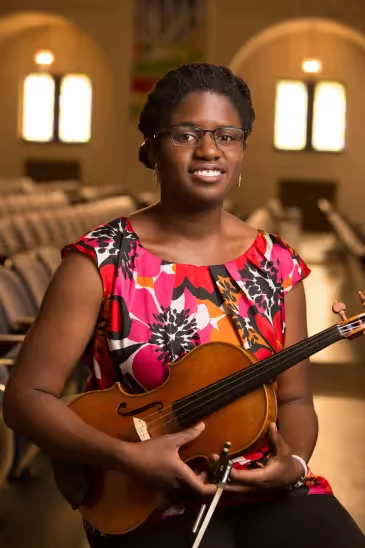

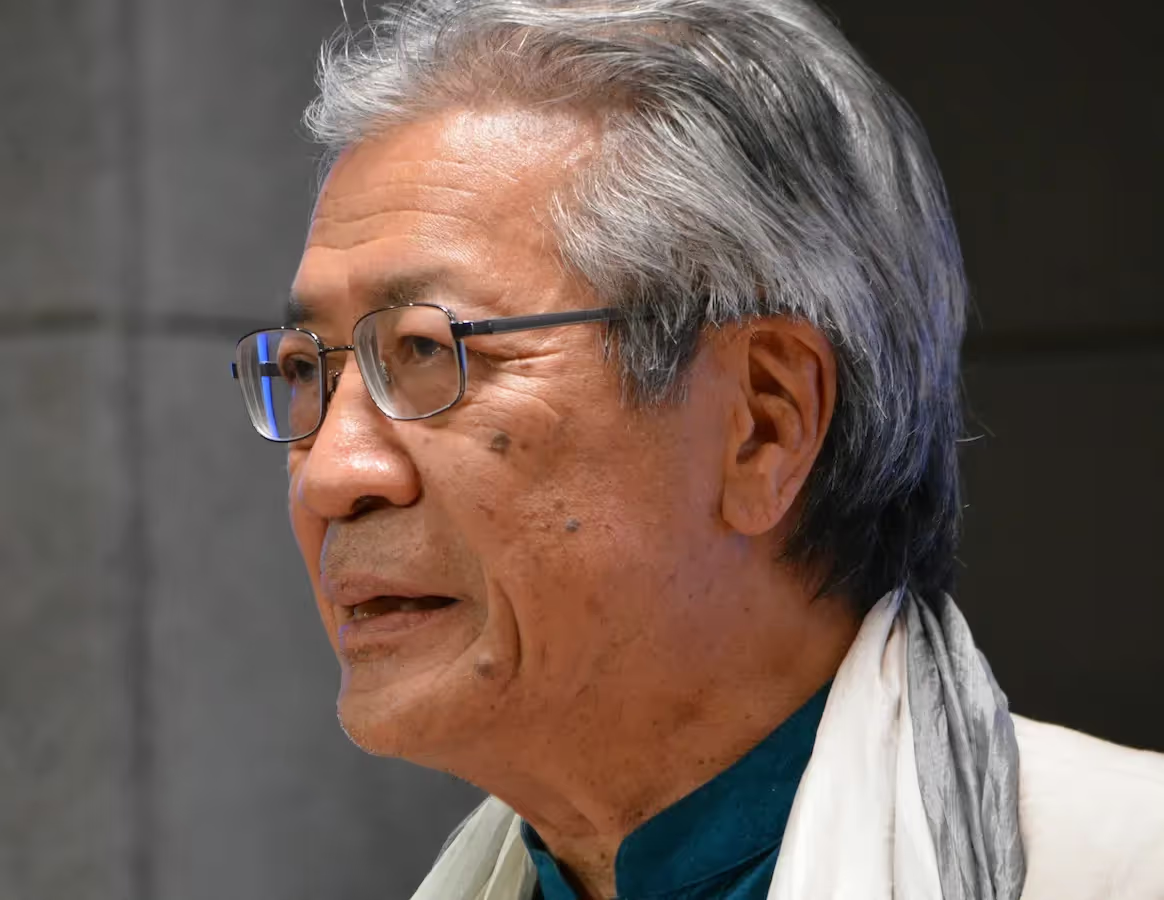
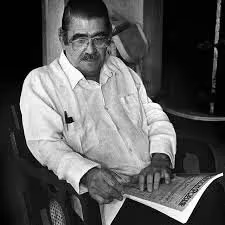


More information about this work please fill out the form below.
Thank you! Your submission has been received!
Oops! Something went wrong while submitting the form.
No American city has as central a place in music history as New York City, serving as the birthplace of both salsa and hip hop, as well as a thriving home for jazz, rock and blues for over 100 years. The city’s culture, a confluence of nationalities from around the world, has produced vital folk music scenes across the five boroughs, each informing the city’s listeners with music and dance traditions from both locally grown and far-away cultures. New York’s Brazilian population, concentrated largely in Astoria and Manhattan’s Rua 46, is one such community that is becoming an increasingly vital part of New York’s cultural landscape. With Brazilian Day reportedly drawing over 1 million people into the city last year, many can identify with the impromptu formations of an intricate, ebullient samba batucada on the corners of city blocks, where amateur musicians, whether rich or poor, black or brown or white, pick up instruments—a drum, a scraper, a shaker—to create grooves enviable by many professional bands in other parts of the world. Such percussion jams often elicit the participation of nearby amateur singers and dancers. This shared music can go on for hours.
The strength of community that is formed by the creation of music such as the samba is perhaps one of the most distinguishing trademarks of Brazilian music, and is of particular import to any major metropolis where fostering a sense of community will help drive citywide habits of mind. With Mayor Bloomberg enacting Climate Week to kick-start collaboration between the public, organizations, and private businesses to tackle climate change, as well as the citywide efforts of GreeNYC to encourage civic engagement with regard to environmental stewardship, the music of the samba acts as a symbol of combined effort—one where people of all backgrounds and abilities can play a small part in a far-reaching whole, as well as one that, through the thunder of drums, song and dance, predicts a more collective, brighter New York.
Samba Koocho Hairy Boocho illuminates many qualities of the samba genre—itself a result of five centuries of Portuguese, African, and Amerindian rhythms, dances, and harmonies working together—to symbolize the powerful results of shared ideas. The piece blends Latin rhythms with African music styles, exploding with the sounds of drums and bright instrumentation, and highlights the interplay between the up-tempo duple beat and the three dance steps that are performed in each bar of a samba, creating a mélange of both alternating and simultaneous duple and triple meters. The resulting samba is decidedly of the City: with music that erupts with the blare of horns, moves urgently from start to finish, and contains as its foundation a theme that bumps, shouts, leaps, ducks underneath, reacts to others, and explodes into a million pieces all without losing its identity or sacrificing its uniqueness of spirit.
The strength of community that is formed by the creation of music such as the samba is perhaps one of the most distinguishing trademarks of Brazilian music, and is of particular import to any major metropolis where fostering a sense of community will help drive citywide habits of mind. With Mayor Bloomberg enacting Climate Week to kick-start collaboration between the public, organizations, and private businesses to tackle climate change, as well as the citywide efforts of GreeNYC to encourage civic engagement with regard to environmental stewardship, the music of the samba acts as a symbol of combined effort—one where people of all backgrounds and abilities can play a small part in a far-reaching whole, as well as one that, through the thunder of drums, song and dance, predicts a more collective, brighter New York.
Samba Koocho Hairy Boocho illuminates many qualities of the samba genre—itself a result of five centuries of Portuguese, African, and Amerindian rhythms, dances, and harmonies working together—to symbolize the powerful results of shared ideas. The piece blends Latin rhythms with African music styles, exploding with the sounds of drums and bright instrumentation, and highlights the interplay between the up-tempo duple beat and the three dance steps that are performed in each bar of a samba, creating a mélange of both alternating and simultaneous duple and triple meters. The resulting samba is decidedly of the City: with music that erupts with the blare of horns, moves urgently from start to finish, and contains as its foundation a theme that bumps, shouts, leaps, ducks underneath, reacts to others, and explodes into a million pieces all without losing its identity or sacrificing its uniqueness of spirit.
Recordings
No recordings found.
ACO PERFORMANCES
19th Underwood New Music Readings (2009-2010)
Recording
Journey
Neither man nor money validate my worth
Water Sings Fire - Excerpt
The Winter that United Us
Song of the Flaming Phoenix: Symphonic Poem for Sheng and Orchestra by Fang Man
Words for Departure for choir and orchestra by Hilary Purrington
No Thing Lives to Itself by Robin Holcomb
Red Dirt | Silver Rain (excerpt)
Bolero/Bachata from Tumbao
"Tumbao" Movement 1 "Salsa"
Yvette Janine Jackson Interview with Garrett McQueen
Mark Adamo + Jeffrey Zeigler in conversation with Garrett McQueen
Weathering by George Lewis
Lisa Bielawa: Sanctuary, Violin Concerto. mvt 3
Lisa Bielawa, Sanctuary, Violin Concerto mvt 2
Lisa Bielawa, Sanctuary, Violin Concerto mvt 1
Prophecy in Reverse by Paula Matthusen
Invisible Portals by Dai Wei
Tuxedo: Vasco 'de' Gama (2020) by Hannah Kendall
Restless Oceans by Anna Clyne
Viet Cuong + Victor Caccese of Sandbox Percussion in conversation with Garrett McQueen
Hello, Tomorrow! - Yvette Janine Jackson
Interview with Guillermo Klein
Chrystal E. Williams & Felipe Hostins in Conversation with Loki Karuna
Rei Hotoda in Conversation with Curtis Stewart
Kaki King and D. J. Sparr in Conversation with Curtis Stewart
Kaki King /D J Sparr - The Divided Mind from Modern Yesterdays
Kaki King - Puzzle Me You from Modern Yesterdays
Kaki King - Can’t Touch This or That or You or My Face from Modern Yesterdays
Kaki King - God Child from Modern Yesterdays
Materia Prima by Carlos Bandera
Floodplain by Ellen Reid
Fate Now Conquers by Carlos Simon
Her Land, Expanded by Tonia Ko
Right Now - John Glover/Kelley Rourke
Lowak Shoppala' (Clans) by Jerod Tate
Jazz Symphony by George Antheil
Spirituals for String Orchestra: 10. Homage To Ravel (An Arrangement of “Balm in Gilead”) by Steven R. Gerber
Frailejón by Samuel Torres
Demografía acústica: % / Acoustic Demography: % by Sofía Scheps
Dirty Ice by Madeline Merwin
Kaleidoscope by Eunsung Kim
Statements- a journal entry by Malachi Brown
After the Freeze by Anuj Bhutani
Hommage à Khāleqī by Daniel Sabzgabaei
Mimi's Song by Amy Nam
Gia Đình by Oswald Huỳnh
Rencontres by Brittany J Green
I forgot to say good morning today by Henry Dorn
Feast of Particles by Younje Cho
Fetters by Yuqin Strucky Yi
Increment by Will Stackpole
Restrung by Tommy Dougherty
Ashes and Embers by Yuting Tan
Wraith Weight by Elijah Smith
Bolghar by Adeliia Faizullina
Persephone by Patrick Holcomb
Tomas Peire Serrate: Rauxa
Lowak Shoppala' (Clans) by Jerod Tate
Right Now by John Glover & Kelley Rourke
Fate Now Conquers by Carlos Simon
Carlos Simon in Conversation with Garrett McQueen


